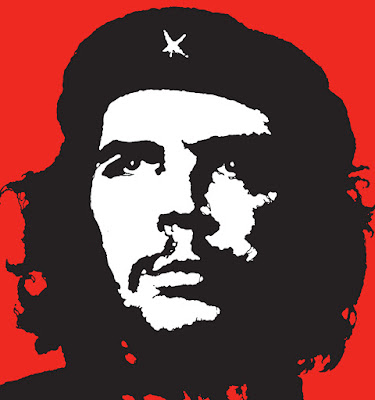If you’re looking for a short introduction to socialism that rewards rereading, Thomas DiLorenzo’s The Problem With Socialism is it.
Perhaps your son or daughter has returned from college talking about collective control of the means of production and sporting Bernie Sanders t-shirts. Perhaps you’re a political novice looking for informed guidance.
Perhaps you’re frustrated with America’s economic decline and deplorable unemployment rates. Perhaps you listened with bewilderment as some pundit this election season distinguished democratic socialism from pure socialism in an attempt to justify the former.
Whoever you are, and whatever your occasion for curiosity, you’re likely to find insight and answers from DiLorenzo.
A professor of economics at Loyola University Maryland, DiLorenzo opens his book with troubling statistics: 43% of millennials, or at least those between ages 18 and 29, view socialism more favorably than capitalism, and 69% of voters under 30 would vote for a socialist presidential candidate. Socialism---depending on how it’s defined in relation to communism---may have killed over 100 million people and impoverished countless others over the course of the 20th Century.
So why have the youth (full disclaimer: by certain measures, at 33, I’m considered a millennial myself) welcomed this ideology that’s responsible for mass killings, organized theft, war crimes, forced labor, concentration camps, executions, show trials, ethnic cleansing, disease, totalitarianism, censorship, starvation, hyperinflation, poverty, and terror?
Why have death, destruction, and abject destitution become so hip and cool? Because of effective propaganda and utopian promises of “free” everything.
The problem is, as anyone who’s ever studied economics knows, there’s no such thing as free stuff. Somebody pays at some point.
“What socialists like Senator Sanders should say if they want to be truthful and straightforward,” DiLorenzo thus avers, “is not that government can offer citizens anything for free, but that they want healthcare (and much else) to become a government-run monopoly financed entirely with taxes. Taxes hide, but do not eliminate, the cost of individual government programs.”
And these programs are far more expensive to society than they would be on the free market.
The predicable rejoinder to such a claim --- repeated ad nauseam by television personalities --- is that socialism works, nay thrives, in, say, Sweden. DiLorenzo corrects the record:
“Socialism nearly wrecked Sweden, and free market reforms are finally bringing its economy back from the brink of disaster.”
Strong language, but DiLorenzo maps the history and supplies the data to back it up. “The real source of Sweden’s relatively high standard of living,” he explains, has “everything to do with Sweden avoiding both world wars and jumping into the industrial revolution when its economy was one of the freest, least regulated, and least taxed in Europe.”
Other common binary assumptions are reversed in these pages: socialism causes pollution whereas capitalism protects the environment; socialism leads to war whereas capitalism is peaceful; socialism consolidates power among an elite few whereas capitalism decentralizes and disperses power, which ultimately resides with individual consumers making small economic adjustments based on their particular needs.
Even socialized medicine proves more inequitable than market-based alternatives. Proponents of Canadian-style healthcare ignore the fact that “Canadian health care is actually far more expensive, and the quality far less than it would be if doctors and hospitals had to compete for patients on the basis of quality and price.”
Coloring his analysis with references to the Austrian economists Ludwig von Mises, Friedrich Hayek, and Murray Rothbard, DiLorenzo undertakes a variety of other issues implicated by socialism: egalitarianism, fascism, income taxation, wage and price controls, monopolies, public schooling, and more.
Had I been his publisher, I would have insisted that he also include disturbing, graphic, and gruesome images of real, dead human bodies stacked on real, dead human bodies, of ransacked churches, and of confiscated property—alarmingly tangible consequences and horrifying illustrations of pure, realized socialism.
Senator Sanders and most of his followers mean well, of course, and genuinely and in good faith advocate policies they believe to be in the best interests of the United States. Yet the history of the cause they champion is fundamentally at odds with their desired goals.
DiLorenzo has the courage to call socialism what it is: “the biggest generator of poverty the world has ever known.” For young students especially, his concise primer could make the difference between feeling the Bern, and getting burned.

No comments:
Post a Comment